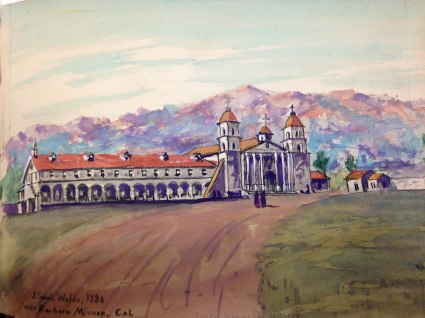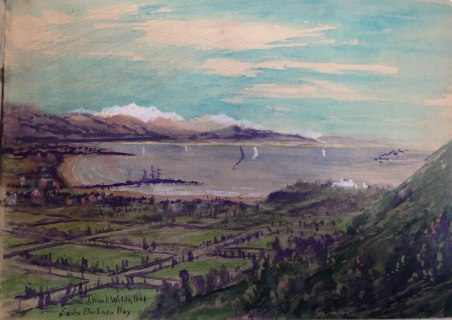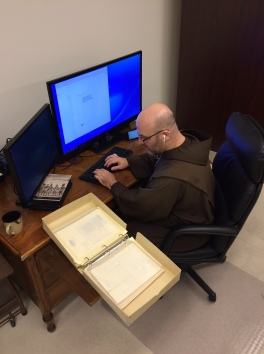By Anastasia Heaton

Polar Scenes, by Joachim Campe. From the collections of the Santa Bárbara Mission Archive-Library.
While diving into the Rare Books Collection here at the Santa Bárbara Mission Archive Library (SBMAL), I was stunned to find a considerable amount of late 18th and early 19th-century travel literature. These works detail Western Europeans’ travels to diverse and far-flung regions such as Peru, Siberia, and the Ryuku Islands of Japan. At Westmont College, I am currently pursuing a degree in History, focusing on Russia and Central Asia. As a born-and-raised Californian, I harbor a love for local history. When I first started my internship at SBMAL, however, I did not anticipate much overlap between my academic specialization and SBMAL’s collections of local historical documents.
I was elated then to find a bridge between my two historical loves within the Rare Books Collection. Among these travelogues I discovered at SBMAL, I became interested in a small, intriguing children’s book with a lengthy title: Polar scenes, exhibited in the voyages of Heemskirk and Borenz to the northern regions, and in the adventures of four Russian sailors at the Island of Spitzbergen. This Enlightenment-era children’s book was written in 1785 by German author Joachim Campe. SBMAL’s edition is an 1822 English translation: Campe’s work enjoyed significantly more popularity in Britain than in his native Saxony. Campe is best known for his earlier book, Robinson Crusoe the Younger, an adaptation of Daniel Defoe’s widely known Robinson Crusoe. In fact, historian Matt Erlin notes that Karl Marx references Campe’s version of Robinson Crusoe instead of Defoe’s original in his Das Kapital![1]
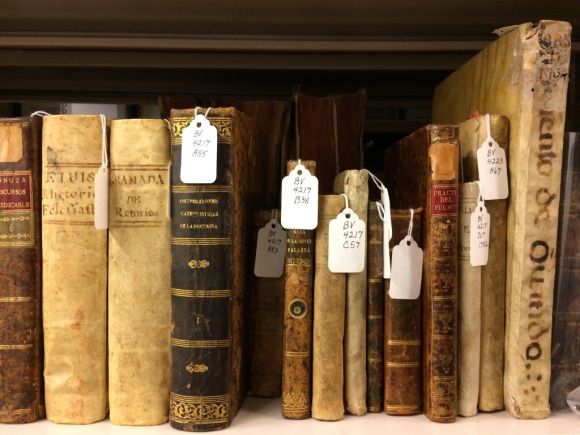
A sneak peek into SBMAL’s Rare Books Collection. From the collections of the Santa Bárbara Mission Archive-Library.
As I dug deeper into the history of this work, I discovered that this book is the first piece of Western travel literature expressly written for children. Additionally, this 1822 edition was printed in the midst of the rise of consumerism, especially in the literary world. Historian Susanne Zantop claims that book production alone doubled its output in thirty years from 1770 – 1800.[2] With the advent of the Industrial Revolution, travel became far more attainable as it became cheaper and more convenient, increasing the sheer number of travelogue authors. And so, while the majority of Germans still could not travel physically to the Arctic Circle or Central Asia, they could gain imaginary access to these regions intellectually, while also being entertained. Nowhere was this more prominent than in the German states, where the genre dominated popular literature.[3] According to Birgit Tautz, the German states were especially inclined to favor the travelogue genre because, unlike their Western European counterparts, they were not a colonial superpower at the time and had to find creative ways to assert their validity as a presence in Western Europe and avoid a German inferiority complex. Tautz believes that the immense popularity of travelogues within Germany cultivated a distinct German national identity by making them the “intellectual gatekeepers” of the world – granting them some sense of hegemony and validating their existence as a unified nation, foreshadowing the unification of Germany a century later.[4] This tiny volume, therefore embodies the dramatically shifting landscapes of economies and power structures which took the world by storm in the early 19th century.
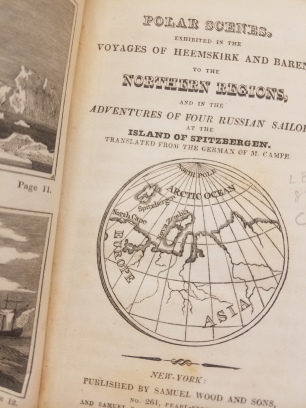
SBMAL’s copy of Polar Scenes. From the collections of the Santa Bárbara Mission Archive-Library.
This book contains two separate stories, both works of fiction, though the included detailed illustrations suggest otherwise. The first story, The Voyages of Heemskirk and Borenz, describes the harrowing adventures of four Dutch explorers as they explore the islands of the Arctic Circle. The second story, The Adventures of four Russian Sailors, chronicles the survival of four Russian sailors stranded on the fictional island of Nova Zembla, a play on the Northern archipelago Novaya Zemlya (‘New World’ in Russian).
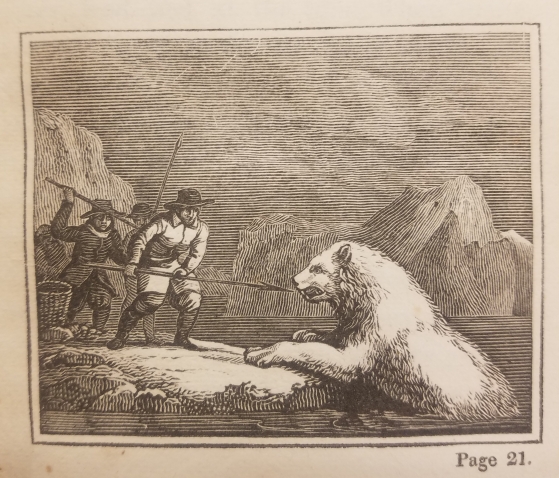
Illustration of polar bear attacking the wayward Dutch explorers – although, to me, it resembles a sort of sea-lion from Polar Scenes, Joachim Campe (page 21), in the collections of the Santa Bárbara Mission Archive-Library.
The author, Joachim Campe, is the most famous member of the Philanthropinism movement. This movement of German Enlightenment thinkers strove to instill morality into children through widespread reform education and literature. Campe was particularly interested in encouraging children to apply their imaginations to practical use — after they were appropriately inspired by his books, of course. You can see this heavy emphasis on cultivating morality in children in the pages of his novels:
The wind had prevented them from catching anything, but these good people, seeing their want, threw them a codfish, without receiving any payment for it. Thus you see, my young readers, thanks to all-merciful Providence, there are to be found under every zone, and in all states, people to whom the laws of humanity are sacred.[5]
Despite Campe’s hope in the moral value of his work, most literary historians believe Polar Scenes was most loved abroad as an adventure book and not for its parental potential. In the case of SBMAL’s specific copy, however, that perhaps may not be the case. Little is known about how this book found its way into our collections, but written on the inside cover is a note, dated March 31, 1826. It states: “Miss Emily Warren, as a reward from her father for attending the Sunday school.” At least one parent thought this book would be an acceptable reward for moral behavior! Whether or not Miss Emily Warren took its lessons to heart, however, is another question.
For me, the most interesting aspect of this book is how transnational it is. As a scholar of Russian history, I find this book to be a valuable glimpse into Western Europeans’ perception of Russians in the late 18th century. Throughout the book, Campe uses language to highlight the distinctions between the German-speaking Dutch protagonists of the story and the Russian-speaking sailors. Outside of these linguistic differences, however, there is not much different culturally between the two groups. Campe frequently notes the ‘familiarity’ of Russian customs and humanizes the sailors in ways he does not extend to his depictions of the Sámi indigenous peoples in the text. I don’t think such a congenial understanding of Russians and Russian culture would have been the case a few decades earlier. By the mid-18th century, German-Russian relations significantly improved and Peter the Great’s Westernization campaign sought to align aristocratic Russian culture more closely with that of its Western European counterparts.
Scholars may find value in the place of Polar Scenes in the German or British literary canons and its representation of Western European travel during the 18th century. Intellectual historians interested in education during the Enlightenment could explore its definitions of moral behavior. Still others could apply a postcolonial lens to Campe’s problematic depictions of the Sámi indigenous people of the Arctic Circle. Since starting my internship several weeks ago, I continue to be amazed by the incredible variety of the contents of SBMAL’s collections and the organization’s dedication to preserving history and making it accessible. Joachim Campe’s Polar Scenes is just one feature of this remarkable unique collection – I would highly encourage you to explore what’s within the collections here at SBMAL!
Interested in exploring the collections further? Visit: https://www.sbmal.org/research
Interested in helping support SBMAL’s initiatives to preserve the history of Santa Barbara and beyond? Visit: https://www.sbmal.org/giving.

This could be you! From the collections of the Santa Bárbara Mission Archive-Library.
[1] Erlin, Matt. “Book Fetish: Joachim Heinrich Campe and the Commodification of Literature.” Seminar: A Journal of Germanic Studies 42, no. 4 (2006): 355–76. https://doi.org/10.3138/seminar.42.4.seminar-v42-4-357.
[2] Zantop, Susanne. Colonial Fantasies: Conquest, Family, and Nation in Precolonial Germany, 1770–1870. Durham: Duke UP, 1997. 104.
[3] Nebgen, Christoph. “Economic and Confessional Relationships in 18th Century Travel Writing from the Rhine.” Historical Social Research / Historische Sozialforschung 42, no. 2 (160) (2017): 158-69. Accessed February 6, 2020. http://www.jstor.org/stable/44234957.
[4] Tautz, Birgit. “Cutting, Pasting, Fabricating: Late 18th-Century Travelogues and Their German Translators between Legitimacy and Imaginary Nations. The German Quarterly, Vol. 79, No.2 (Spring 2006), p. 171.
[5] Polar Scenes, 109 – 110.
Sources.
Blamires, David. “A World of Discovery: Joachim Heinrich Campe.” In Telling Tales: The Impact of Germany on English Children’s Books 1780-1918, 23-38. Cambridge, United Kingdom: Open Book Publishers, 2009. Accessed January 27, 2020. www.jstor.org/stable/j.ctt5vjt8c.5.
Blamires, David. Telling Tales : The Impact of Germany on English Children’s Books 1780-1918. Cambridge: Open Book, 2009. 2009. Accessed January 27, 2020.
Claudia Nitschke. 2016. “Joachim Heinrich Campe’s Robinson the Younger: Universal Moral Foundations and Intercultural Relations.” Humanities 5 (2). doi:10.3390/h5020045.
Erlin, Matt. “Book Fetish: Joachim Heinrich Campe and the Commodification of Literature.” Seminar: A Journal of Germanic Studies 42, no. 4 (2006): 355–76. https://doi.org/10.3138/seminar.42.4.seminar-v42-4-355.
Koerrenz, Ralf, “Campe, Joachim Heinrich”, in: Religion Past and Present. Consulted online on 27 January 2020 http://dx.doi.org/10.1163/1877-5888_rpp_SIM_02720.
Zantop, Susanne. Colonial Fantasies: Conquest, Family, and Nation in Precolonial Germany, 1770–1870. Durham: Duke UP, 1997.

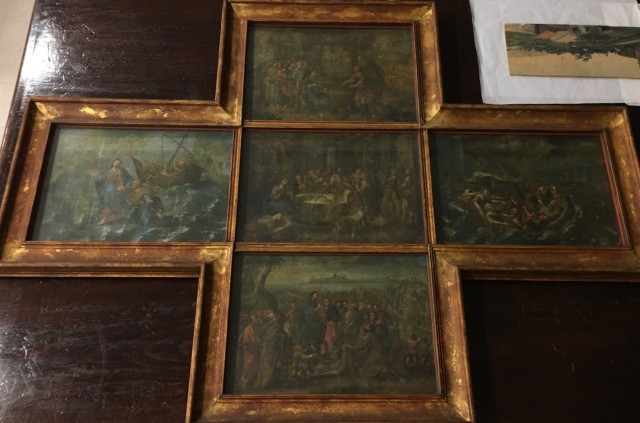

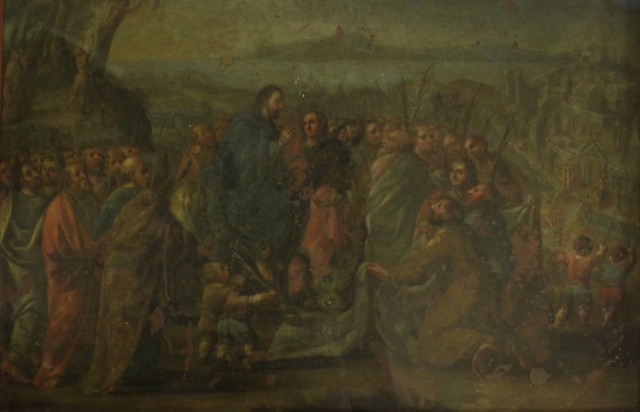
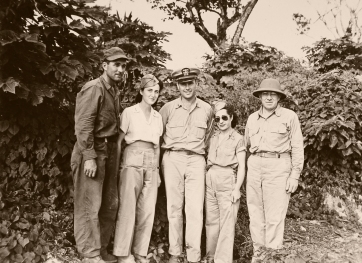

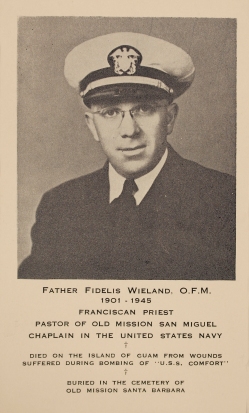 so occasionally aided by Catholic Japanese officers. Camp Omori was liberated August 29, 1945, and Braun returned home to California shortly after.
so occasionally aided by Catholic Japanese officers. Camp Omori was liberated August 29, 1945, and Braun returned home to California shortly after.
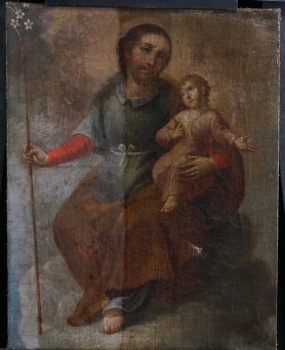
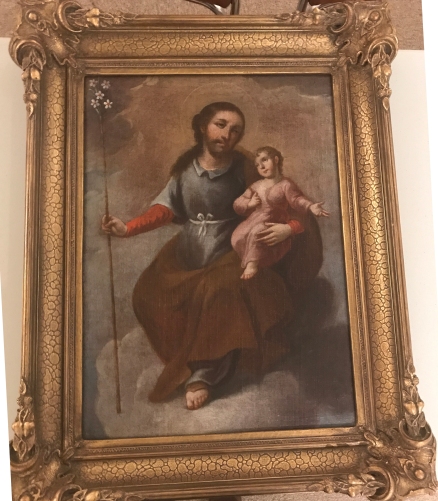
 The oil painting is 17th or 18th century from the Cuzco School in Peru. The Cuzco School was made up of European and indigenous painters in from the 16th to 19th century. The artists often drew upon both groups’ cultural and artistic backgrounds to create the mestizo-baroque style you see here. The artist, like many others from this time, created this piece anonymously, as art was often defined as communal.
The oil painting is 17th or 18th century from the Cuzco School in Peru. The Cuzco School was made up of European and indigenous painters in from the 16th to 19th century. The artists often drew upon both groups’ cultural and artistic backgrounds to create the mestizo-baroque style you see here. The artist, like many others from this time, created this piece anonymously, as art was often defined as communal.


